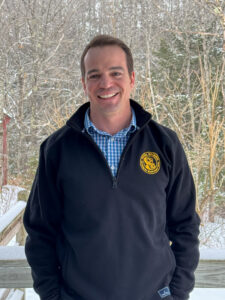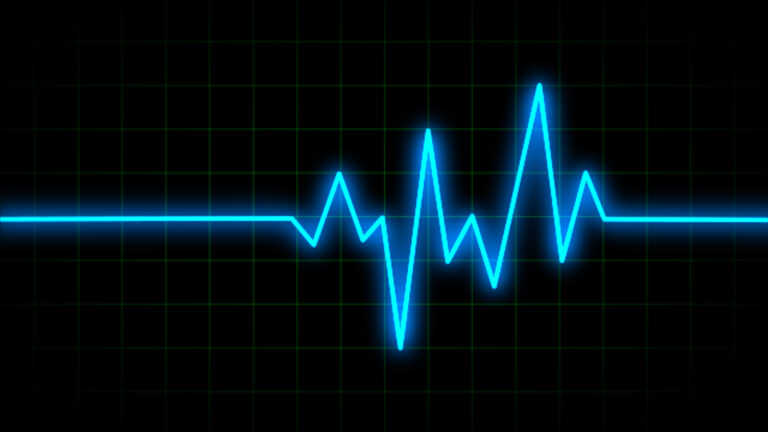
Hurricane Matthew is now being blamed for 33 deaths in the United States, with deadly flooding continuing in North Carolina that has stranded 1,500 in the state.
The confirmed deaths include 14 in North Carolina; 12 in Florida; three in South Carolina; three in Georgia; and one in Virginia.
North Carolina Gov. Pat McCrory noted the number of deaths in his state at a press conference this morning, and he urged residents to heed warnings and evacuation orders.
President Barack Obama declared a federal emergency for 31 counties in North Carolina on Monday as floodwaters continued to rise.
More than 2,000 water rescues had occurred in the state, The Weather Channel reported.
Early forecasts had predicted that Hurricane Matthew would turn out to sea before causing much damage in North Carolina. But the storm stayed along the U.S. coast for longer than expected, making landfall in South Carolina and bringing torrential rains to both of the Carolinas.
A “serious inland flooding event” began immediately, according to the National Hurricane Center, and the consequences are still unfolding as the rainwater flows downriver.
The Cape Fear River south of Fayetteville, N.C., had a higher flow rate than the Colorado River at the Grand Canyon today, according to the National Weather Service.

It was early to determine how much of an impact the flooding and hurricane had on the boating industry, but photos emerged showing docks in St. Augustine, Fla., and Hilton Head, S.C., in wreckage.
On Monday morning the BoatUS Catastrophe Response team was in the field and accessing damage to recreational boats, BoatUS spokesman Scott Croft told Trade Only Today Monday afternoon.
“In South Florida, damage to boats appears to be lighter than expected. However, northern Florida and the St. Augustine area have been more significantly impacted, and this is where much of our recovery effort is today,” Croft said. “As our teams move into other areas along the storm’s path, including Georgia and South Carolina, we expect to see increased salvage and recovery activity, as well.”
BoatUS crews hit the field in South Carolina and Georgia today, Croft said.
Although it looked as if the industry had largely been spared, given the circumstances, “I would caution people that it’s still early,” Croft told Trade Only Today. “People in those towns whose homes are being affected by flooding — they’re not getting to their boats right away because they’re dealing with their homes.
On Monday, volunteers, U.S. marshals and water-rescue crews used helicopters, boats and massive trucks to save people stranded in Lumberton, N.C., after the Lumber River burst its banks, the Associated Press said.
In some cases the floodwaters aren’t expected to crest until Friday, according to National Public Radio.
Hundreds of thousands of customers across the South still didn’t have electricity. The lights went out for millions of people and businesses after Matthew arrived on the coast. In some cases, it will take weeks to get the power back on, utilities say.
Footage and photos of the Palmetto Bay Marina in Hilton Head, S.C., emerged on Monday and today, showing boats scattered around in the wake of the storm.
The docks were also heavily damaged, according to CBS affiliate WLTX19.
Tracey Owens, owner of Hilton Head Island restaurant Pure Natural Market next to Palmetto Bay Marina, told the Island Packet in a video that the storm was “absolutely terrifying,” and “sounded like a million chainsaws” as it tore into the docks.
Meanwhile, Tropical Storm Nicole is expected to strengthen into a hurricane by tonight, according to the National Hurricane Center’s latest advisory this morning.
That storm is around 350 miles south of Bermuda, prompting the center to issue a hurricane watch and tropical storm warning for the island.
Tropical-storm-force winds extend outward up to 105 miles from the center.
Tropical storm conditions are expected to reach Bermuda by Wednesday afternoon, and dangerous storm surges were expected to product coastal flooding, accompanied by “large and destructive waves.”










